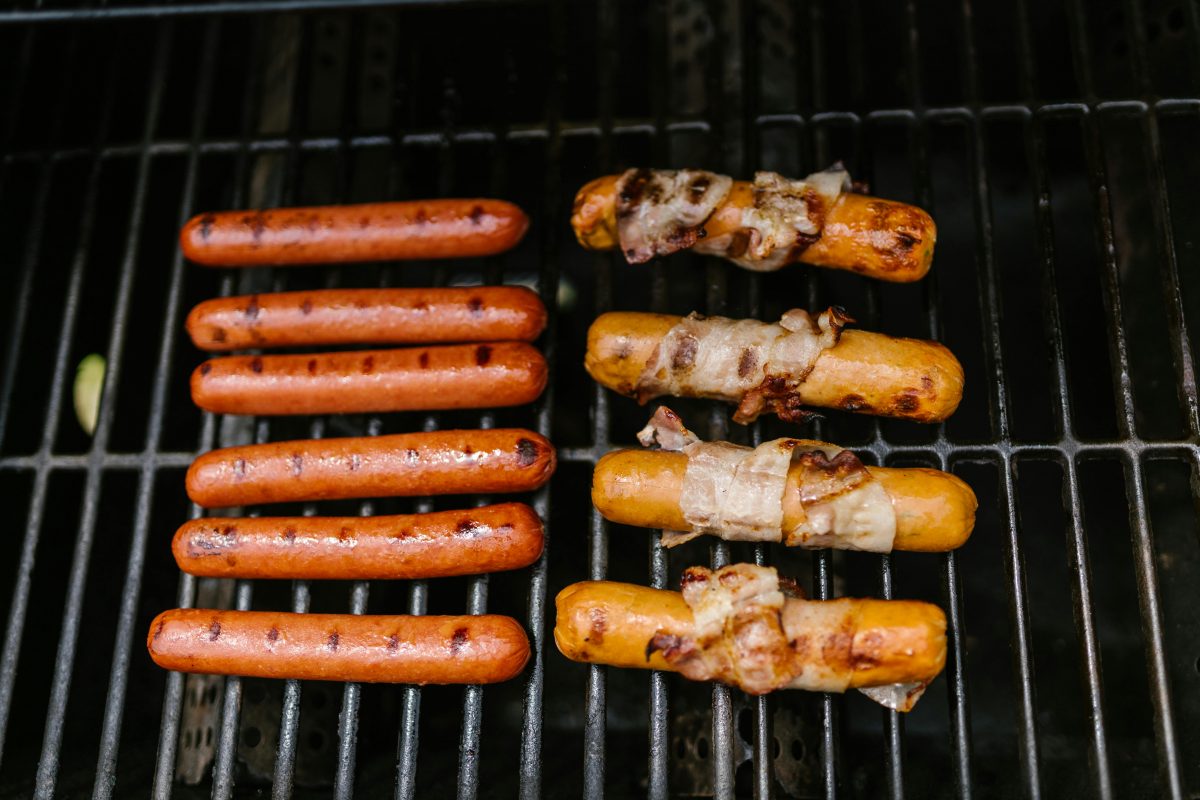
Starting a hotdog business can be a rewarding venture, offering a chance to serve delicious food while engaging with your community. Whether you’re aiming for a food cart, a hotdog stand, or a full-fledged restaurant, there are essential steps and equipment you’ll need to get started. This guide will walk you through the basics of launching a successful hotdog business.
1. Business Plan
Every successful business begins with a solid plan. Your business plan should outline your business goals, target market, competitive analysis, and financial projections. Consider the following questions:
- Who is your target audience?
- What type of hotdog business will you start (cart, stand, or restaurant)?
- Where will you source your ingredients?
- How much startup capital do you need?
- What are your marketing strategies?
A well-thought-out business plan will help you stay organized and focused as you launch your business.
2. Licensing and Permits
Before you start selling hotdogs, you need to secure the necessary licenses and permits. These may include:
- A business license
- A food handler’s permit
- Health department permits
- Vendor permits (for food carts and stands)
Check with your local government to determine the specific requirements in your area. Compliance with health and safety regulations is crucial to avoid fines and shutdowns.
3. Location
Choosing the right location can make or break your hotdog business. High-traffic areas such as parks, sports venues, busy streets, and events are ideal. Ensure your chosen location is accessible, visible, and convenient for your target market. If you opt for a food cart or truck, flexibility in location can be a significant advantage, allowing you to move to where the crowds are.
4. Equipment
Having the right equipment is essential for efficient operations and delivering a high-quality product. Here are some key items you’ll need:
- Commercial Hot Dog Steamer: This equipment is vital for keeping your hotdogs warm and ready to serve. A commercial hot dog steamer ensures that your hotdogs are cooked evenly and stay juicy.
- Grill or Griddle: Depending on your preferred cooking method, a grill or griddle can help you achieve that perfect hotdog texture.
- Hotdog Roller: This is another option for cooking and keeping hotdogs warm. It can add an enticing visual appeal as customers see the hotdogs rolling.
- Condiment Dispensers: Organized condiment dispensers make it easy for customers to customize their hotdogs.
- Refrigeration: You’ll need a way to keep your ingredients fresh. A small refrigerator or cooler can suffice for a cart, while a larger unit will be necessary for a stand or restaurant.
- Point of Sale (POS) System: Efficient transactions are crucial, so a reliable POS system will help you manage sales, track inventory, and provide customer receipts.
5. Suppliers
Establishing relationships with reliable suppliers is key to maintaining the quality and consistency of your hotdogs. Source high-quality hotdogs, buns, condiments, and any other ingredients you plan to offer. Consider purchasing in bulk to reduce costs, but ensure you have proper storage to keep everything fresh.
6. Menu Development
While the focus will be on hotdogs, offering a variety of toppings and side items can attract a broader customer base. Develop a menu that includes:
- Classic hotdogs with ketchup, mustard, and relish
- Gourmet options with unique toppings like avocado, bacon, or specialty cheeses
- Vegetarian or vegan hotdogs to cater to different dietary preferences
- Side items such as chips, fries, or coleslaw
- Beverages like sodas, water, and maybe even craft sodas
7. Marketing
Promoting your hotdog business is essential to attract customers and build a loyal following. Utilize a mix of traditional and digital marketing strategies:
- Create a website and social media profiles to showcase your menu and location updates.
- Offer promotions and discounts to first-time customers.
- Participate in local events, fairs, and festivals to increase visibility.
- Encourage customer reviews and testimonials to build credibility.
8. Staffing
If you plan to operate a larger hotdog stand or restaurant, hiring reliable staff will be necessary. Look for individuals with experience in food service, a friendly demeanor, and a strong work ethic. Proper training in food safety and customer service is crucial.
9. Financial Management
Keep a close eye on your finances from the start. Track your expenses, revenue, and profits meticulously. Consider using accounting software to simplify this process. Maintaining a healthy cash flow is vital to sustaining and growing your business.
Conclusion
Starting a hotdog business involves careful planning, securing the right equipment, like a commercial hot dog steamer, and executing effective marketing strategies. With the right approach and dedication, you can build a successful hotdog business that delights customers and thrives in the competitive food industry.

